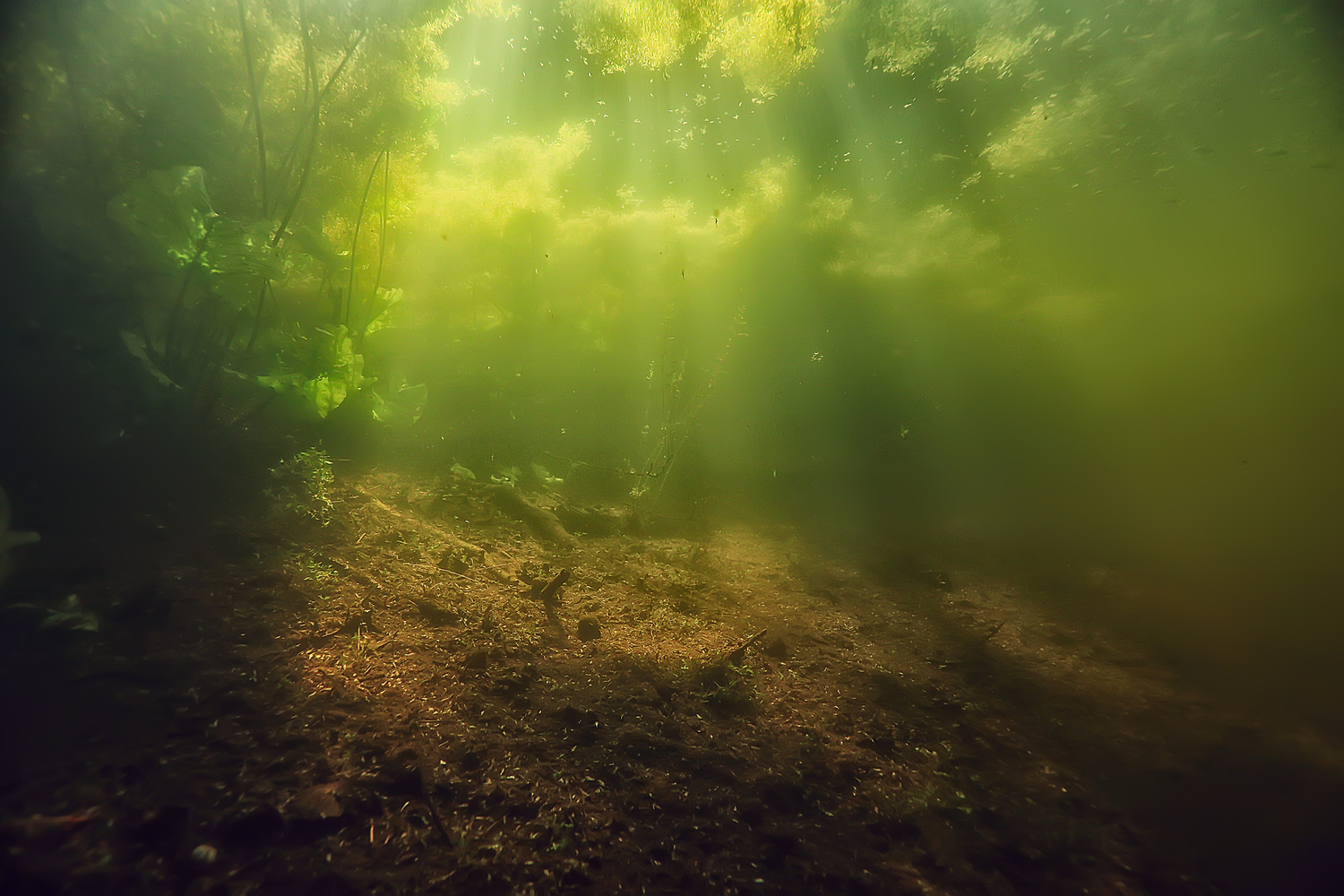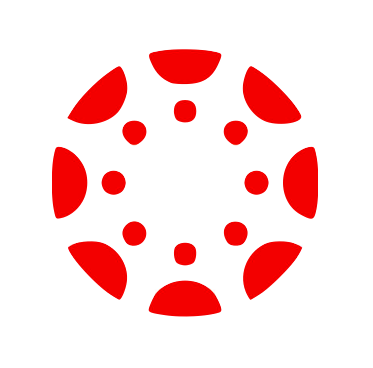Guide 7B Long-Term
Products
Quiz, Media, & Portfolio Directions
Review Long-Term Contents
Long-Term Objectives
Geologic Time
Define stratigraphy and explain how layers of rocks can provide information; define geochronology, including what is used to date fossil rocks; and describe the types of fossils found in Oregon coastal areas, as well as the history of significant freshwater ecosystems.
Streams
Describe how stream orders are calculated as streams increase in size; link stream order to levels of photosynthesis; and explain how streams can change over time, including the characteristics and impact of beavers.
Lakes
Classify lakes based on productivity and identify three different lake zones; identify microscopic and macroscopic photosynthetic pond organisms; and identify microscopic and macroscopic pond consumers and incorporate them, along with producers and decomposers, into a pond food web.
Wetlands
Provide examples of different types of wetlands; describe various wetland functions including why it is challenging to rebuild a wetland; and list characteristics of amphibian species including the frog life cycle.
Long-Term Quiz
Long-Term Media
Introduced in Lakes section of this guide:
Pond Food Web
Sketch and label the food web for the pond in the videos. Include the following in your labeled sketch:
- examples of producers (microscopic and macroscopic)
- examples of consumers (microscopic and macroscopic)
- decomposers (may have to make these up; they are hard to observe)
- arrows for energy flow (including sun and heat)
- arrows for nutrient cycling

You are turning in your handmade (either on paper or digitally produced) pond food web that contains all of the required sketched and labeled components. You can be creative as long as you include the required elements.
It may help to review food webs here.




